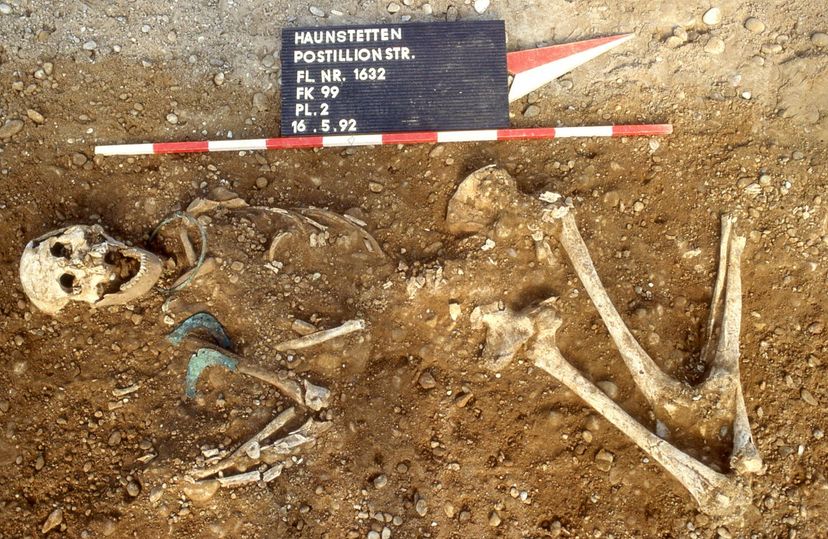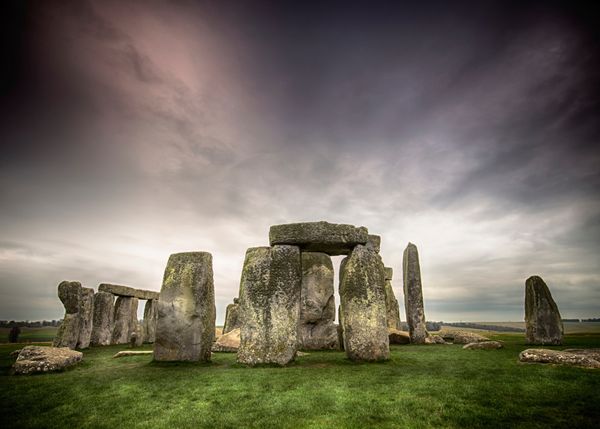
We humans are unusual amongst primates: We're bipedal, we have a virtuosic proficiency for language, we're able to understand the mental states of others. Recent studies have also found that the social behavior of the sexes in ancient humans were probably unlike those of what we most often see today in the great apes — in at least some early humans, the males stayed put in one geographic area while females traveled around looking for new mates.
A new study published in the Proceedings of the National Academy of Sciences finds that 4,000 years ago, not only were prehistoric women often on the move, they were the couriers of culture during the transition between the late Stone Age and early Bronze Age in Europe. Over the course of about 800 years, the women living in the Lech River valley, in what's now southern Germany, moved around quite a bit, while the men tended to hang out in the region of their birth. With their increased mobility, often to start families, the women brought news, cultural objects and ideas to their new homes and social groups.
Advertisement

The researchers studied the archaeological information and genetic and isotope analysis from 84 burials dated between 2500 and 1650 B.C.E. in small, multigenerational cemeteries around the Lechtal.
"Based on analysis of strontium isotope ratios in molars, which allows us to draw conclusions about the origin of people, we were able to ascertain that the majority of women did not originate from the region," said Corina Knipper of the Curt-Engelhorn-Centre for Archaeometry, in a press release.
It seems the women most likely arrived at the Lechtal from places like Bohemia and central Germany, but possibly also Bavaria, the inner Alps and the Black Forest — meaning the women would have traveled at least 40 miles (60 kilometers), but often much farther. In addition, the researchers found the burial style of the foreign-born women were the same as that of the locals, suggesting the women and whatever they brought with them were fully integrated into the community.
Previous research has suggested movement around Europe during the Bronze Age occurred in groups, but this new study suggests it was more likely that the women traveled individually.

Advertisement

